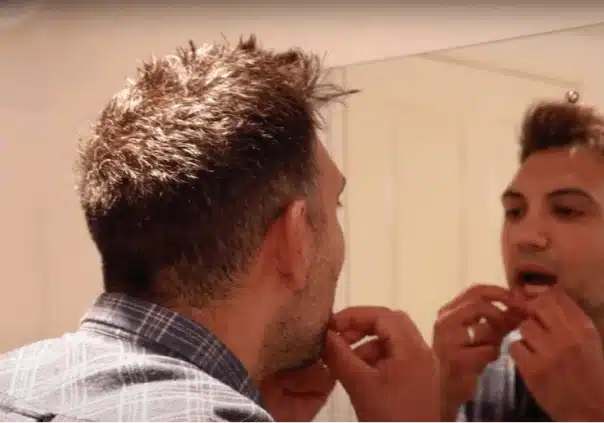Self checking for cancer – The Sun highlights the importance
Our Chief Awareness Officer Michelle Vickers was interviewed in July for a Sun newspaper article, timed to coincide with World Cancer Awareness Day, that highlights how our 60 second check could save your life. The interview is all part of Oracle’s #headneckcheck awareness campaign.
“By familiarising yourself with your body and paying attention to any changes, such as lumps, sores, or persistent symptoms like a sore throat or difficulty swallowing, you can identify potential signs of cancer at an early stage” says Michelle “Early detection significantly improves treatment outcomes and can save lives”
THE AT-HOME MIRROR TEST
Find a large mirror with good lighting, then get as close as you can to it.
“The early signs of head and neck cancer can be felt in and around the neck, throat and jaw,”
“Check along the insides of your lips and look at your gums. Are there any lumps, bumps or red or white patches?”
“Look at the back of your mouth. Stick out your tongue and move it from side to side.”
“Don’t forget to look underneath your tongue too.”
Next, it’s time to assess the health of your neck by feeling under and around your jaw. This area can sometimes be a bit lumpy, especially if you’ve had a cold or other illness recently, so learn what’s normal for you.
If you notice any of the following newly-developed signs and symptoms, and you’ve had them for over three weeks, speak to your GP:
- Persistent mouth ulcers or patches in the mouth or on the lips
- Persistent sore throat
- Difficulty swallowing or painful swallowing
- Hoarseness or a change in voice
- Persistent cough
- Lump or swelling in the neck, jaw area, nose or throat (with or without pain)
- Earache or ear pain
“A mouth check every month can really make a difference,” Michelle said.
“If you have any concerns or notice anything that doesn’t go away for three weeks, it is important to speak with a doctor or dentist to get checked out.
“The earlier you can catch cancer, the better your chances of successful treatment and recovery.
“If you look at other cancers as a comparison point, early detection rates for head and neck cancers are considerably lower than other cancers.”
“Early-stage diagnosis for combined head and neck cancers is around 13 per cent and we want this to be at 75 per cent.”
“Let’s work together to raise awareness of how to prevent these cancers and improve earlier diagnosis of disease.”
‘PREVENTION IS KEY’
Recognising these signs and symptoms is vital. But prevention is also key, and making several lifestyle changes can decrease your chance of developing cancer.
The key risk factors include:
- Quitting tobacco use (smoking cigarettes, cigars and pipes, chewing tobacco, e-cigarettes, and using snuff)
- Limiting alcohol intake
- Monitoring and taking care of your oral health
- Getting the HPV vaccine
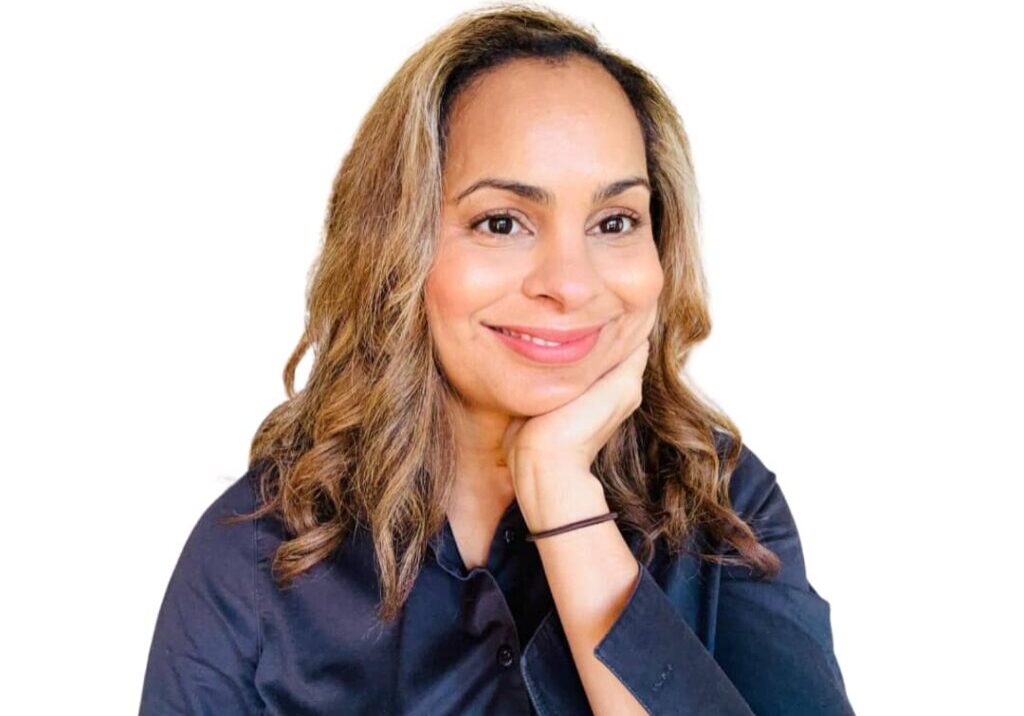
Cancer Care: Why Mental Health Support Must Be Part of Every Cancer Journey
Oracle Head & Neck Cancer UK is proud to support the Daily Express Cancer Care campaign, a powerful series that shines a light on the often unseen emotional toll of cancer – and the urgent need for better psychological support for everyone affected. The campaign published over the past three weeks featured voices from across…
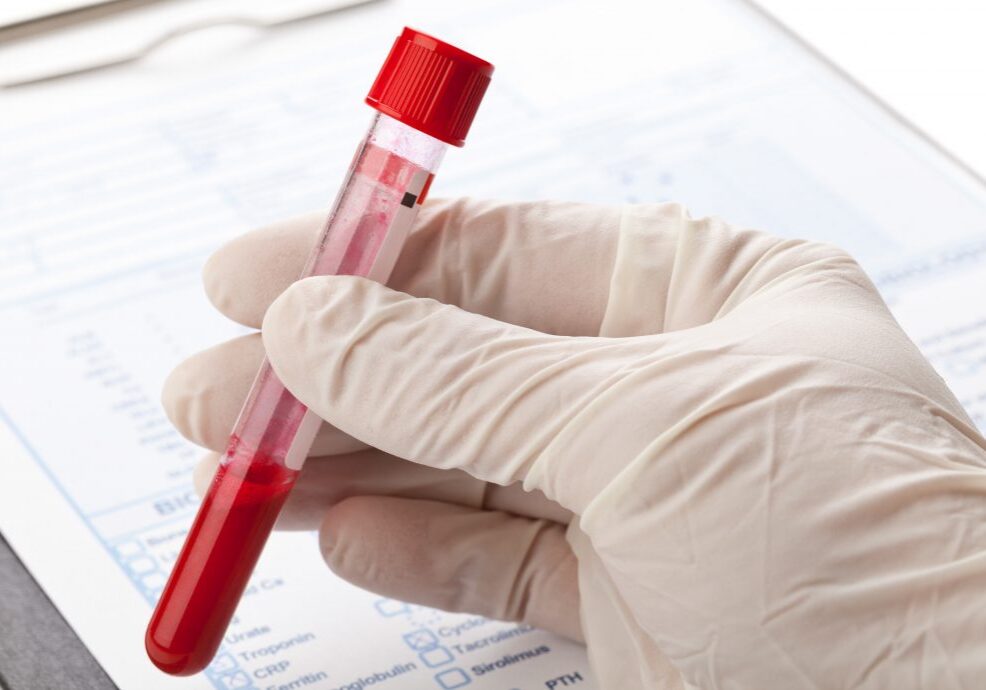
Ground-breaking blood test shows promise for early detection of head & neck and other hard-to-screen cancers
A new large-scale trial has found that the blood-based screening test known as Galleri test can detect more than 50 types of cancer – including cancers of the head and neck, which currently have no routine screening programme – and may significantly boost early diagnosis. The trial showed that, when used alongside existing screening methods,…

2 Minutes to Save Your Life: Oracle Launches HeadNeckCheck Campaign for Make Sense Week
This Make Sense Week (15-20 September), the European-wide head and neck cancer awareness initiative, Oracle Head & Neck Cancer UK, is championing both prevention and early detection – recognising that stopping cancer before it starts is just as vital as catching it early. Two Ways to Fight Cancer This Week Prevention Today: Head and neck…
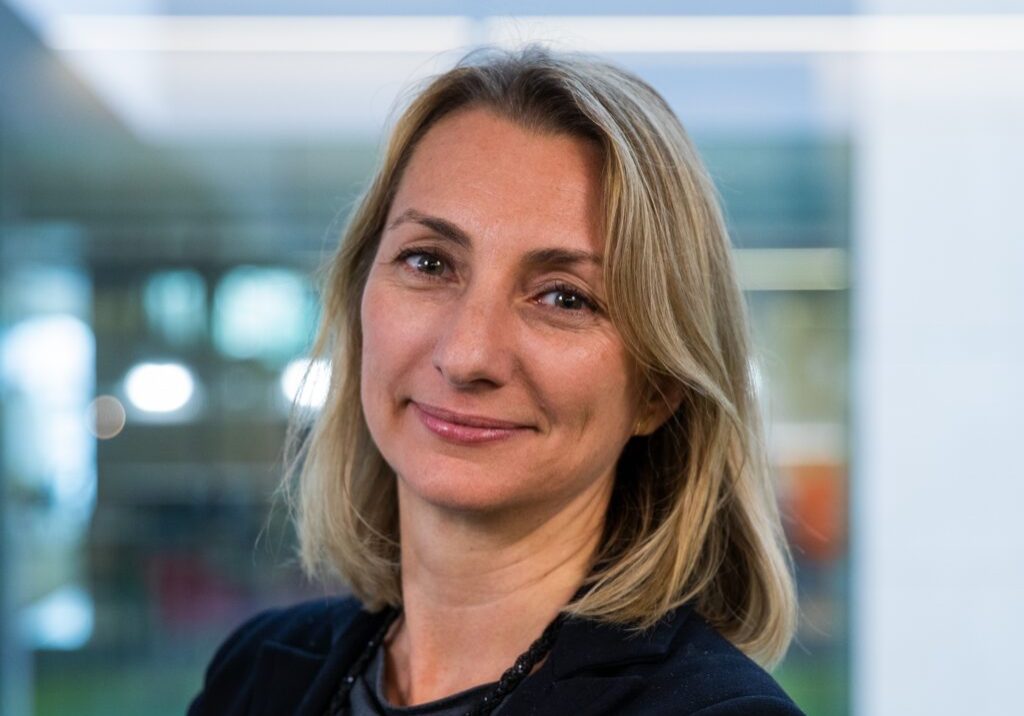
Leadership update
After four successful years as CEO, Tamara Kahn has transformed Oracle into a respected national voice for head and neck cancer patients. She established a national presence, created a four-pillar RACE strategy (Research, Awareness, Collaboration and Patient/Community Engagement) and built strong policy influence. With these foundations now firmly in place, Tamara will transition from her…

Finding Light in Adversity: Seven inspiring stories through head and neck cancer
A new collection of patient stories from Oracle Head and Neck Cancer UK reveals how individuals facing head and neck cancer have discovered unexpected sources of strength, purpose and even joy during their treatment and recovery. The seven contributors share remarkably similar themes despite their unique journeys. Almost all emphasise the power of maintaining a…

NHS to fast-track patients with head and neck cancer into cancer vaccine trial
Patients with advanced head and neck cancers in England will be fast-tracked into a trial of a new cancer vaccine, as the NHS expands its world-leading trial ‘match-making’ service. The investigational cancer vaccine uses mRNA technology to help the immune system recognise and kill cancer cells containing human papillomavirus proteins. More than 100 patients with advanced head…

World Head and Neck Cancer Awareness Day 2025: The HPV Vaccine Could Save Your Life
27th July 2025 This World Head and Neck Cancer Awareness Day, Oracle Head and Neck Cancer UK has a simple but urgent message: HPV vaccination saves lives. With HPV-related head and neck cancers having doubled in the past 20 years, the charity is using today to remind the public that these devastating cancers are preventable…

Data from the National Disease Registration Service on HPV associated and HPV independent oropharyngeal squamous cell carcinoma
The Get Data Out Programme from the National Disease Registration Service (NDRS), part of NHS England, has published statistics on incidence, routes to diagnosis and treatment for patients diagnosed with oropharyngeal cancer in England by human papillomavirus (HPV) status. To our knowledge this is the first time data on oropharyngeal cancer by HPV status has…
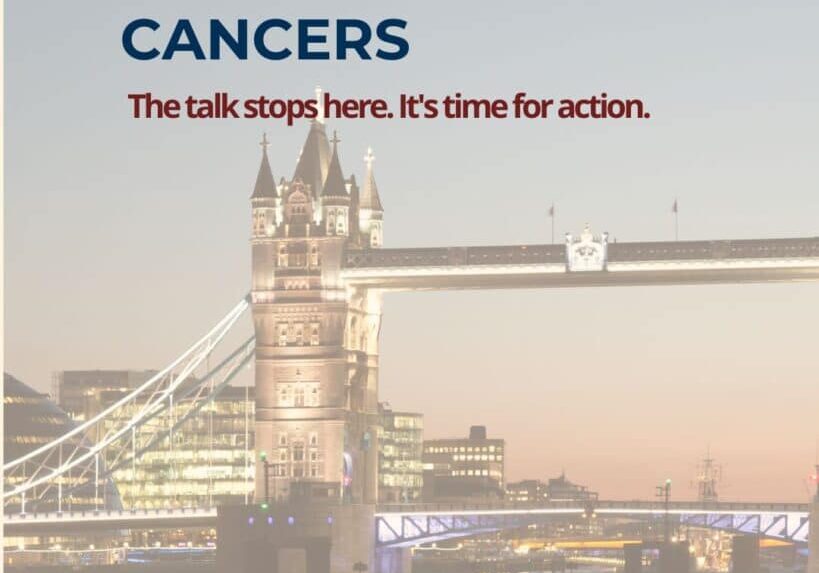
Join Us for an Evening of Research, Impact, and Conversation
Research & Impact EveningDate: Monday 28th April 2025Time: 6:00 PM – 8:30 PMVenue: Skyline, Tower Suites, 100 Minories, London EC3N 1JY A Celebration of Research Join us for a meaningful and action-focused evening where we’ll be diving into some of the big conversations around head and neck cancer – especially those linked to HPV (human…

What the Rare Cancers Bill Means for Head & Neck Cancer
14 March marked a crucial moment for research into rare cancers, as the Rare Cancers Bill took another significant step toward becoming law! Dr. Scott Arthur, a Labour MP, introduced this legislation in Parliament to drive much-needed research into cancers affecting fewer than 1 in 2000 people in the UK – including many types of…


